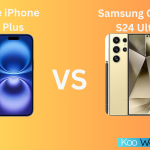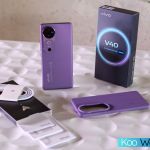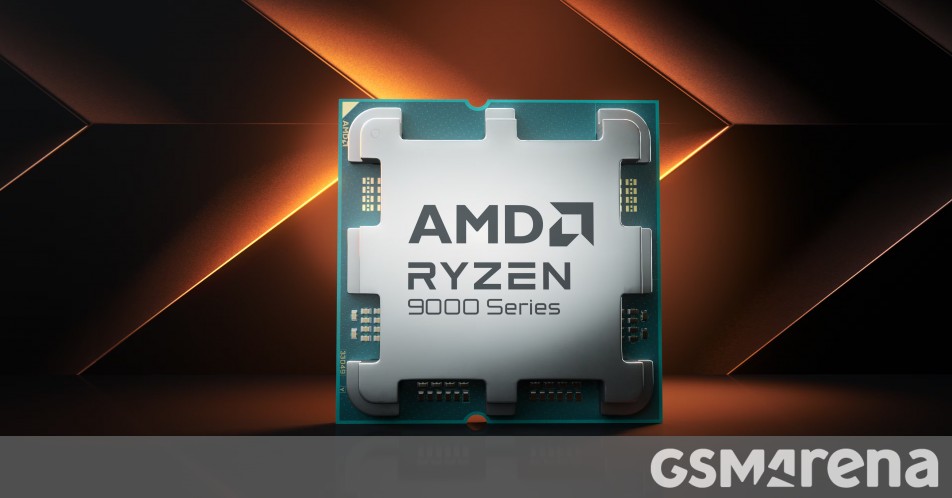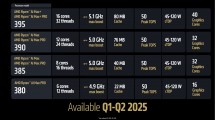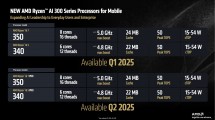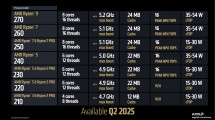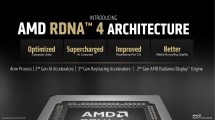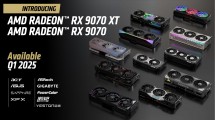AMD today announced a variety of new CPU models during its CES 2025 presentation. The company also gave a brief glimpse of its upcoming desktop graphics as well as the next generation of FSR image upscaling.
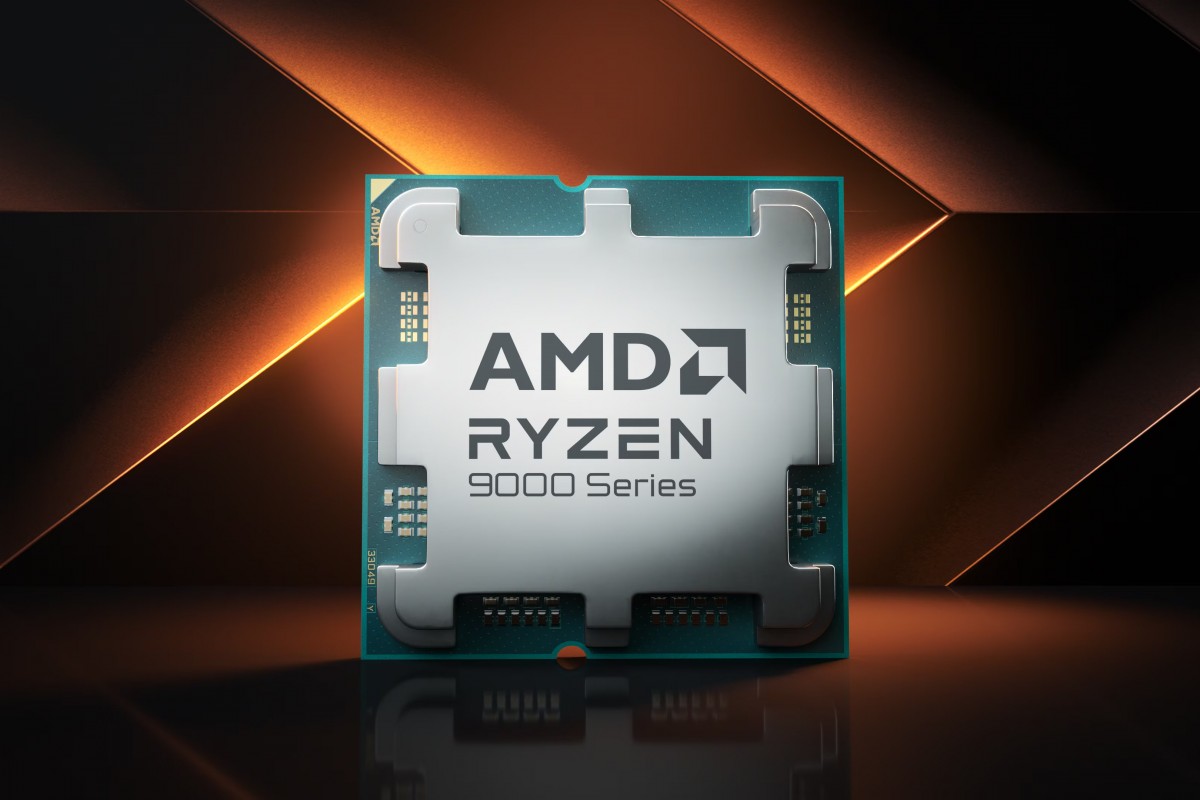
Starting with the CPUs, AMD announced two new Ryzen 9000 series desktop processors. The Ryzen 9 9950X3D and the Ryzen 9 9900X3D are variants of the 9950X and the 9900X but with the company’s 3D V-cache technology that provides higher gaming performance through a significantly larger cache size.
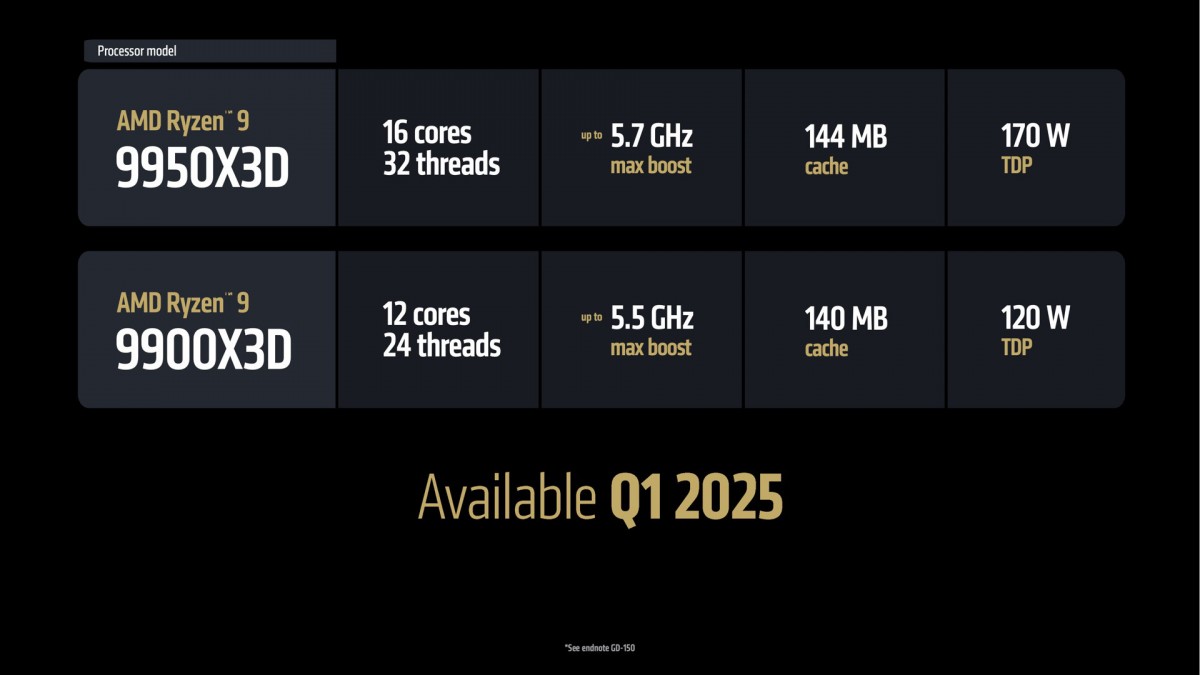
Compared to the previous generation 7950X3D, AMD claims the 9950X3D provides on average 8% faster performance in games while being 20% faster than Intel’s latest Core Ultra 9 285K. The performance will be comparable to the 9800X3D so if you don’t require the additional cores of the 9950X3D for productivity tasks then you are better off just getting the 9800X3D for gaming.
Next, AMD also announced updates for its Ryzen Z series of chips, which are found in handheld gaming PCs such as the ASUS ROG Ally or the Lenovo Legion Go. The new generation is led by the Ryzen Z2 Extreme at the top, which is based on the same ‘Strix Point’ architecture as AMD’s newest notebook chips. The Z2 Extreme will have 8 cores, which should feature a combination of Zen 5 and Zen 5c cores, along with an updated RDNA 3.5 GPU with 16 graphics cores.
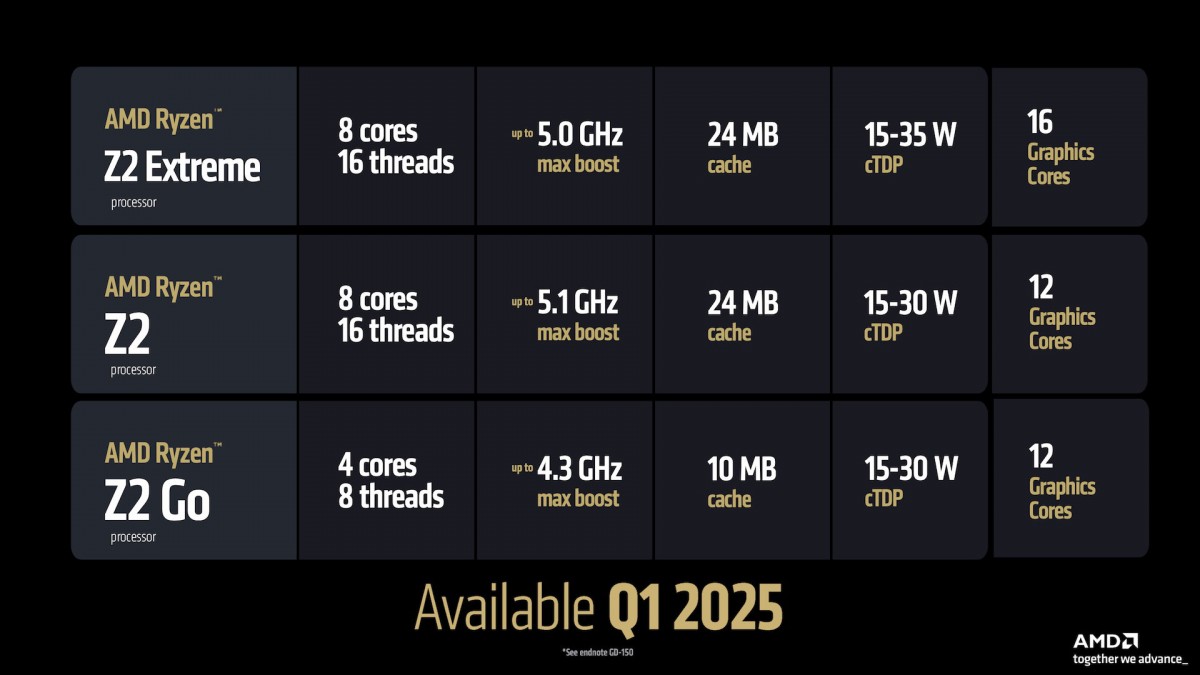
Take a step down to the Ryzen Z2 and you are back in familiar territory as you are getting what seems to be just a rebranded Ryzen Z1 Extreme. This means there’s 8 Zen 4 cores with 12 RDNA 3 graphics cores. Finally, there’s a new model in the series called Ryzen Z2 Go, which features an even older Zen 3+ CPU with only 4 cores along with an RDNA 2 GPU with 12 graphics cores. It’s rather frustrating that there is such a considerable difference under the hood of these three chips that are otherwise under the same branding but that’s nothing new for AMD’s mobile chip division.
Speaking of mobile chips, AMD also announced three new Ryzen 9000HX Series processors for high-performance gaming notebooks. This includes the Ryzen 9 9955HX3D, which is the only one in the series to have 3D V-cache. There’s also the 9955HX without the V-cache but the same 16-cores and finally the 9850HX with 12 cores.
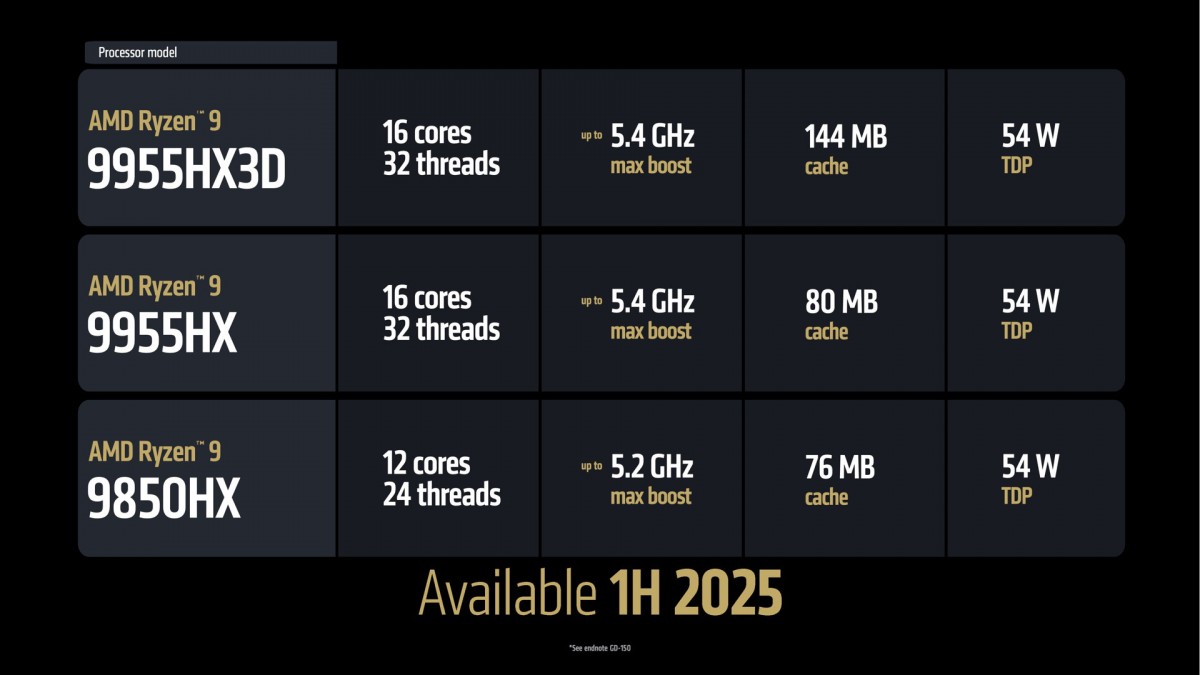
The company also announced an enormous array of Ryzen AI Max, Ryzen AI Max PRO, Ryzen AI 300, Ryzen AI 300 PRO, and two new Ryzen 200, and Ryzen 200 PRO series chips, all of which are too numerous to describe here.
AMD also briefly revealed its upcoming RDNA 4 based Radeon 9000 series graphics cards. The company teased the Radeon 9070XT and the Radeon 9070, which will be available in Q1 2025 from a variety of board partners. These will compete directly against Nvidia’s RTX 5070 and RTX 5070 Ti, which should be announced later today during Nvidia’s CES keynote.
On a final note, AMD also revealed that the next generation FSR4 technology will be powered by machine learning, much like DLSS and XeSS, and that it’s developed specifically for the company’s RDNA 4 based graphics processors. Not much more information is available at present.
